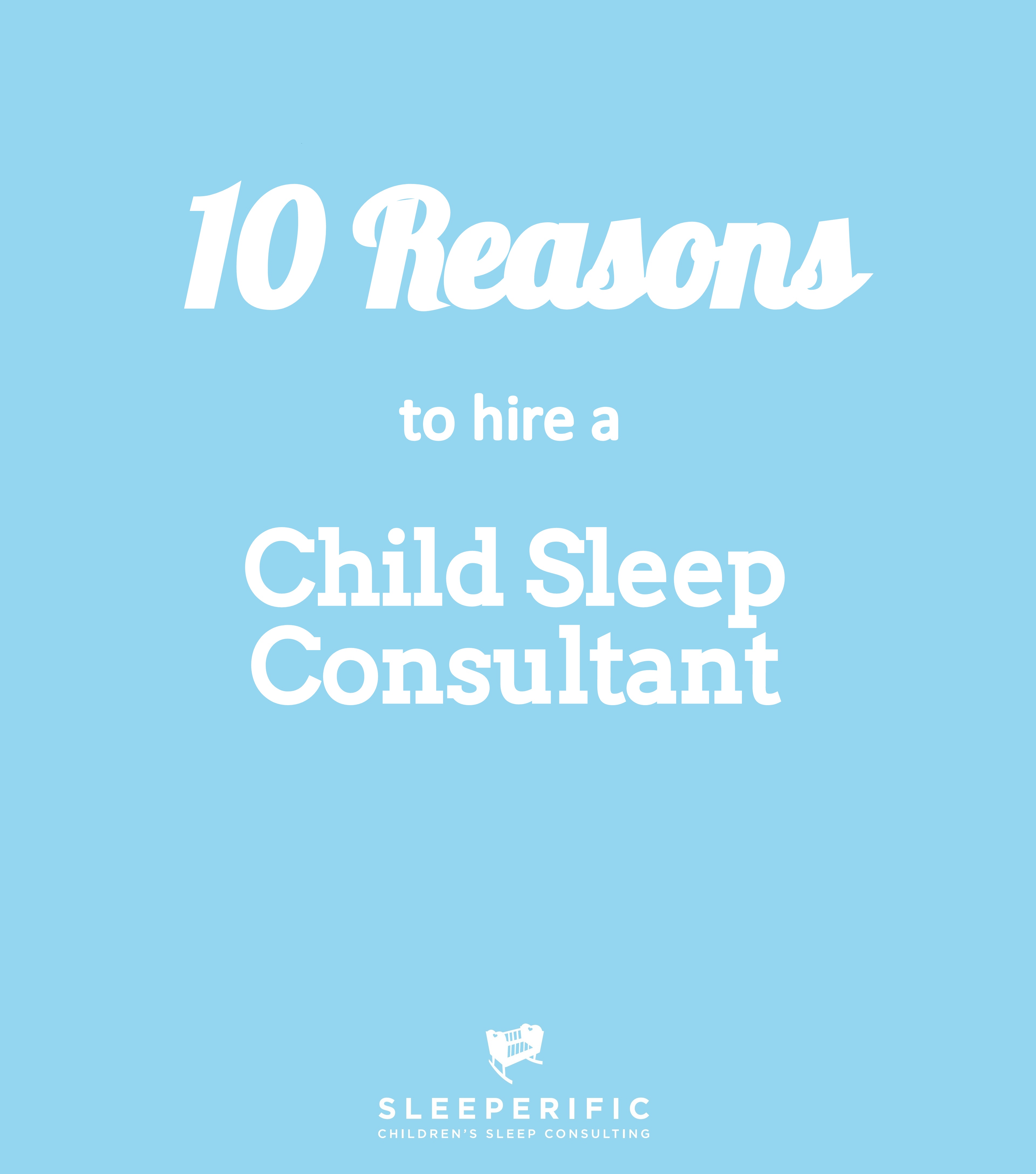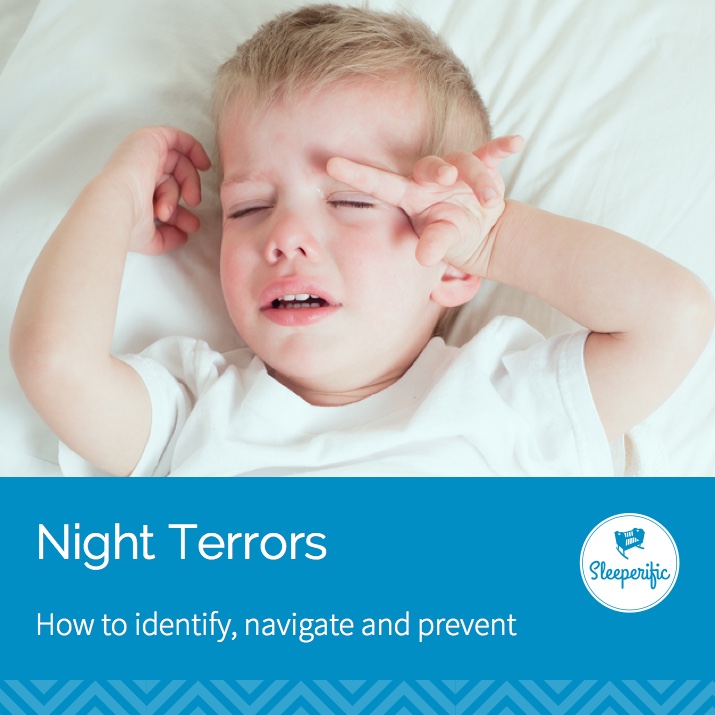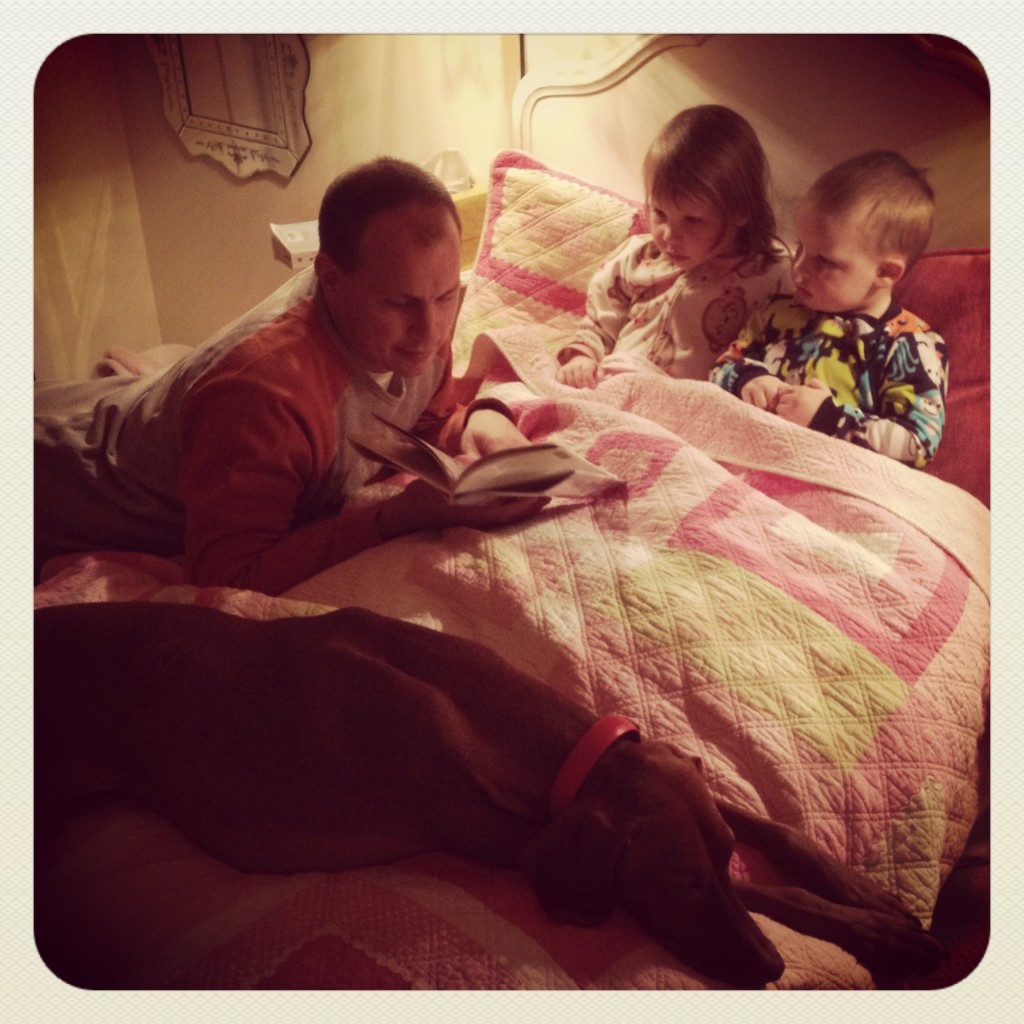April 5, 2015

1) Sleep matters: Sleep Consultants or Sleep Coaches clearly understand the benefits of healthy sleep, not only for your child but for parents too: improved health and wellness, better coordination and safety, increased capacity of memory and learning, as well as a happier mood and temperament.
2) Overwhelming information: From books, advice from well-meaning friends and family, to good old Google – there’s a lot of (mis)information out there. A sleep expert will help you wade through it and offer the real evidence and experience based expertise and support.
3) Certified Sleep Consultant: Unfortunately, the term sleep consultant is not protected, meaning anyone can use that title. There’s a lot of self described experts out there. Look for a Certified Sleep Consultant or Certified Sleep Coach. My certification process involved over 80 hours of training, along with mentored practical training with families. I’m part of an association which mandates an accredited certification, standards of practice, along with continuing education.
4) Continuing Education: Ensure your sleep consultant is staying on top of the growing body of sleep research. I’m committed to ongoing professional development. In addition to keeping current with the latest research on pediatric sleep, I’ve participated in various symposiums and conferences with world renowned sleep researchers and physicians.
5) Parent: Choose a sleep coach or consultant who is also a parent. I’ve been tired too (yes, this tired). I understand balancing different needs for different children at different stages. I appreciate where your children are developmentally and the enormity of the task of raising your tiny humans. You want the best for them and to be at your best for them.
6) Ongoing support: Your sleep coach or consultant will evaluate progress objectively, while providing support emotionally. As an educator, sleep coaches can offer information to help parents make the best decisions to reach their long term family sleep goals.
7) Planning: A sleep coach can help you with your infant, but also help you strategize for when that infant turns into a toddler and eventually a preschooler, or when another sibling joins your home. When new circumstances arise, we can tackle them together.
8) Self Regulation: One of the first tasks for babies as they mature is to self regulate their eating and sleeping. Self-regulation is an important step in emotional and social development. Difficulty in self-regulation can lead to challenges when children are faced with emotional, cognitive or social challenges.
9) Strong Families: Even within a family unit, each parent can have a different way they’d like to approach sleep. Let the sleep coach be the unbiased party who can work with your family objectively, while allowing parents to be supportive of one another. Everyone can be better and accomplish more with a good night’s sleep. One of the best ways to have a joyful, thriving, cohesive and loving family is to be a well rested family.
10) The Bicycle Effect: Learning to sleep is like learning to ride a bicycle. Just like riding a bike, once you’ve established the ability to sleep well, those skills are always there. You might be out of practice from time to time, but that learned ability does not disappear. Teaching a child to sleep well is a gift that will last a lifetime. An entire family gets the healthy sleep they need, but that child will learn they are capable.
 |
Krista is a mother of 3 (+1 dog who believes she’s people), a wife to a wonderful husband, and the owner and founder of Sleeperific. Even though she’s been in the sleep consulting biz for 4 years, she still gets really excited when she’s hired by a sleepy family. |
 On the third day of Christmas, my sleep coach gave to me:
On the third day of Christmas, my sleep coach gave to me:





